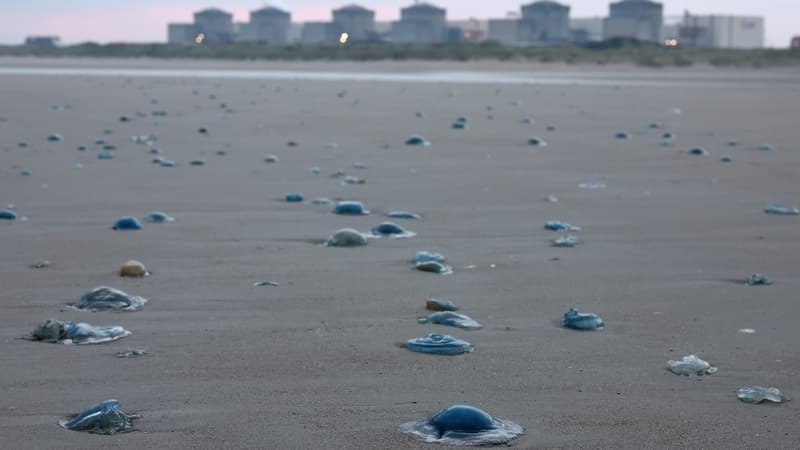The four reactors of the Gravelines (North) nuclear plant arrested between August 10 and 11 due to a massive mass of jellyfish in their filtration systems have now restarted, EDF announced on Monday. The Production Unit No. 3, the last one that was still stopped from this exceptional incident, was re -connected to the National Electrical Network, and “Units 2.4 and 6 are in operation,” EDF writes in place. Unit 6 was the first to restart after the incident, since August 13, followed by Unit 2 on the same day. Then, Reactor No. 4 was put back into service on August 20. However, it was briefly “preventively” on Saturday for ten hours due to a “jellyfish resurgence,” explains EDF.
These four production units had automatically stopped between August 10 and 11 after an arrival of “sudden and massive” jellyfish to the filter battery of the seawater pumping stations on the site, located by the North Sea. This incident had no consequences on the security of the facilities, the security of the personnel or the environment, according to EDF.
An increasingly frequent summer phenomenon
However, the gravels, the largest nuclear energy plant in Western Europe, had been completely detained for almost 48 hours, such as their other two production units (No. 1 and No. 5) are currently during programmed maintenance. The power plant had already seen its production interrupted by a massive irruption of jellyfish in the 1990s, according to EDF, and similar cases were also observed in other parts of the world, in the United States, Scotland, Sweden and Japan in the 2010.
The presence of these jelly and sharp marine animals on the northern coast of France is regular and seasonal. But the great banks report in the area every summer becomes more frequent, according to Dominique Mallevoy, watercolor manager at the National Center of the Nausica Sea in Boulogne-Sur-Mer (Pas-de-Calais), he recently questioned. Different factors explain the proliferation of jellyfish in the world. Among them, the increase in temperatures in the oceans, in relation to global warming and overfishing of the fish, which makes the jellyfish have less predators and more plankton available for their own diet, according to Dominique Mallevoy and other experts.
Source: BFM TV


